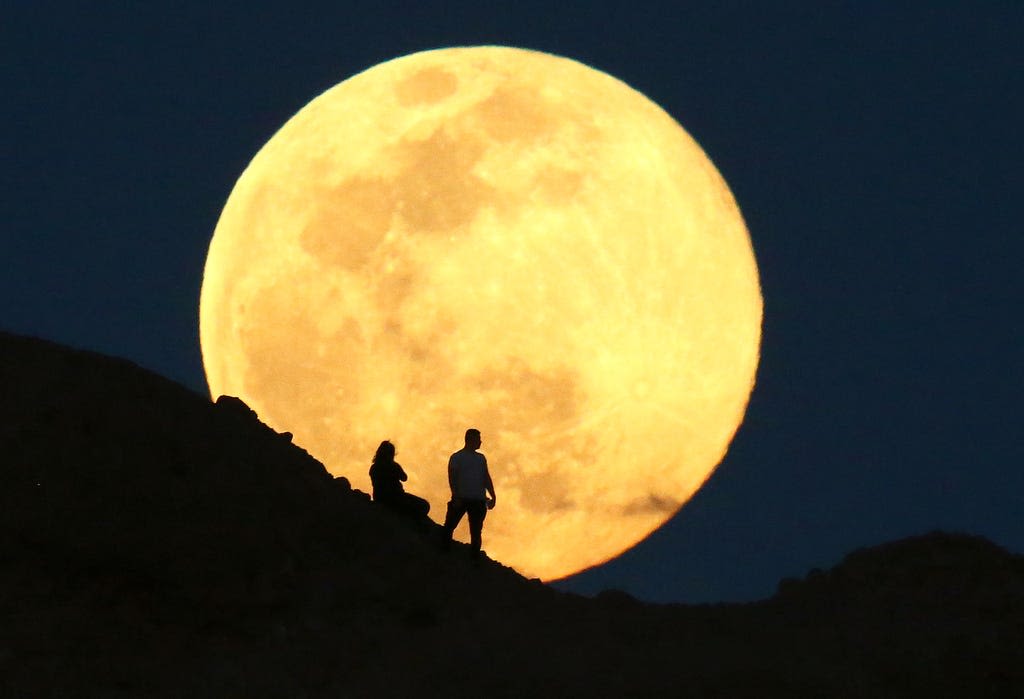Search results
The Moon is Earth's only natural satellite. It orbits at an average distance of 384,400 km (238,900 mi), about 30 times the diameter of Earth. Over time Earth's gravity has caused tidal locking, causing the same side of the Moon to always face Earth. Because of this, the lunar day and the lunar month are the same length, at 29.5 Earth days.
- 405400 km, (404000–406700 km)
- 362600 km, (356400–370400 km)
- Earth I
- or
News about Rebel Moon, Netflix, Part 3
News about full moon, April 2024, Earth's "second moon
Also in the news
3 days ago · Moon, Earth ’s sole natural satellite and nearest large celestial body. Known since prehistoric times, it is the brightest object in the sky after the Sun. It is designated by the symbol ☽. Its name in English, like that of Earth, is of Germanic and Old English derivation.
- James D. Burke
Learn about the Moon's origin, features, phases, weather, and more from NASA's official website. Find out how to observe the Moon, explore its stories, and join the International Observe the Moon Night in 2024.
Learn about the Moon's origin, structure, surface, orbit, phases, and more from NASA's science site. Find out how the Moon affects Earth's climate, tides, and potential for life.
Sep 7, 2023 · The Moon is Earth’s only permanent natural satellite, and it’s the fifth-largest satellite in our solar system. The Moon’s diameter is approximately 2,160 miles (3,475 kilometers), or about...
Learn how the Moon orbits Earth, why we only see one side of it, and how its tilt affects eclipses. Explore animations and videos of the Moon's motion from space and from Earth.
6 days ago · Learn about the Moon's features, phases, history and exploration with NASA. Find out how the Moon was formed, what it looks like from Earth and space, and why it is important for science and culture.



